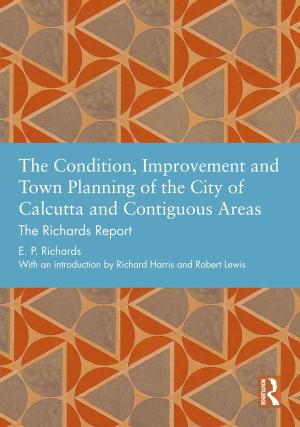Hosted by
The Condition, Improvement and Town Planning of the City of Calcutta and Contiguous Areas - The Richards Report: E.P. Richards
Synopsis
By 1900 the British had undertaken various types of urban planning in their colonial territories, but the early twentieth century brought new ideas and the birth of the modern planning movement. In India these new planning ideas inspired several specialized reports after 1900, most of which drew explicitly on British, or occasionally German, ideas. The most complete of these studies was the Richards Report on Calcutta, prepared for the Calcutta Improvement Trust and published in 1914.
Its major concerns included the building and widening of roads, slum clearance and improvement, legislation, and suburban planning. As background, it included written and visual documentation of living conditions, through charts, photographs, and maps.
Richards emphasized that conditions in Calcutta differed greatly from those in urban Britain, and made some allowance in that regard. In general, however, his report exemplifies the attempt by British planners, along with Indian elites, to impose their vision on colonial cities.
Richards’ report was well received by leading British planners of the day. A notice in Garden Cities and Town Planning claimed that it was “the most complete report on town conditions and possibilities which has yet been issued”. While the immediate impact of the report in Calcutta is moot — Richards was highly critical of the past practices of local officials, and his views were unpopular with his superiors — the Richards Report remains a crucial insight into both the development of modern town planning and the colonial period in India.

